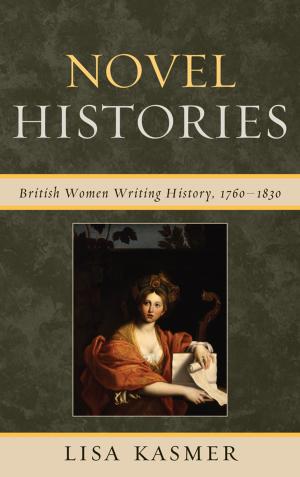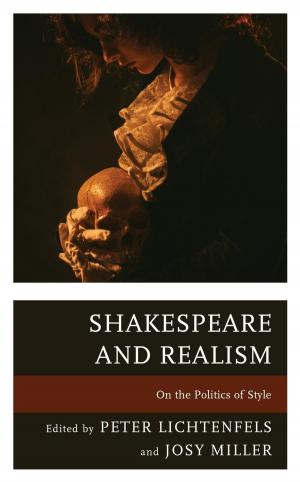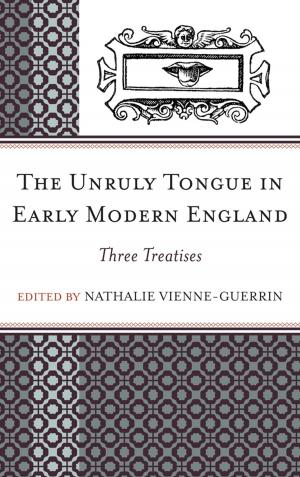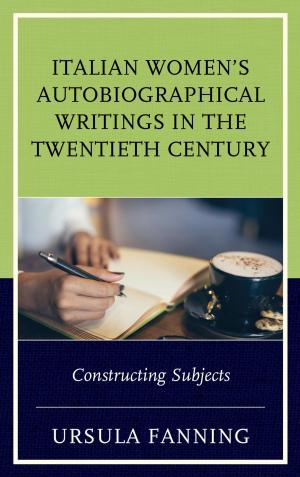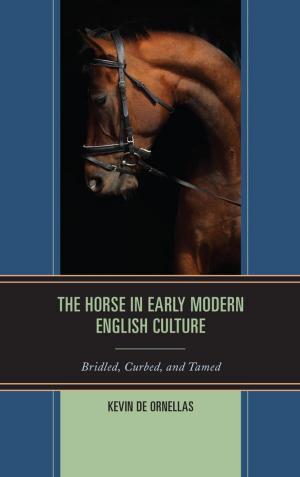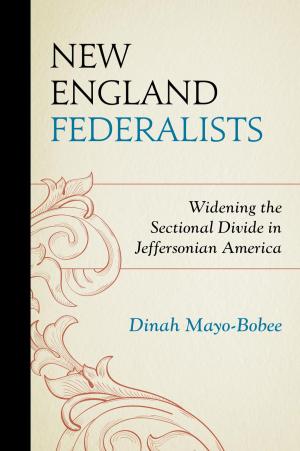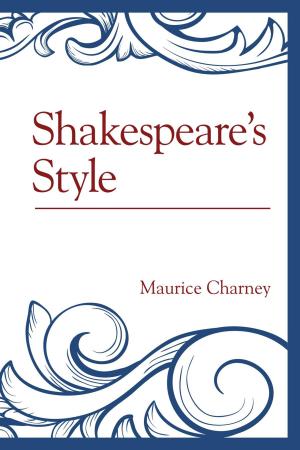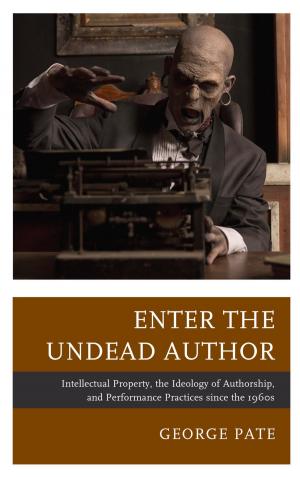The Unimagined in the English Renaissance
Poetry and the Limits of Mimesis
Fiction & Literature, Literary Theory & Criticism, Poetry History & Criticism, British| Author: | Andrew Mattison | ISBN: | 9781611475982 |
| Publisher: | Fairleigh Dickinson University Press | Publication: | October 26, 2012 |
| Imprint: | Fairleigh Dickinson University Press | Language: | English |
| Author: | Andrew Mattison |
| ISBN: | 9781611475982 |
| Publisher: | Fairleigh Dickinson University Press |
| Publication: | October 26, 2012 |
| Imprint: | Fairleigh Dickinson University Press |
| Language: | English |
When we read poetry, we tend to believe that we are getting a glimpse of the interior of the poet’s mind—pictures from the poet’s imagination relayed through the representative power of language. But poets themselves sometimes express doubt (usually indirectly) that poetic language has the capability or the purpose of revealing these images. This book examines description in Renaissance poetry, aiming to reveal its complexity and variability, its distinctiveness from prose description, and what it can tell us about Renaissance ways of thinking about the visible world and the poetic mind. Recent criticism has tended to address representation as a product of culture; The Unimagined in the English Renaissance argues to the contrary that attention to description as a literary phenomenon can complicate its cultural context by recognizing the persistent problems of genre and literary history. The book focuses on Sidney, Spenser, Donne, and Milton, who had very different aims as poets but shared a degree of skepticism about imagistic representation. For these poets, description can obscure as much as it makes visible, and can create whole categories of existence that are outside of visibility altogether.
When we read poetry, we tend to believe that we are getting a glimpse of the interior of the poet’s mind—pictures from the poet’s imagination relayed through the representative power of language. But poets themselves sometimes express doubt (usually indirectly) that poetic language has the capability or the purpose of revealing these images. This book examines description in Renaissance poetry, aiming to reveal its complexity and variability, its distinctiveness from prose description, and what it can tell us about Renaissance ways of thinking about the visible world and the poetic mind. Recent criticism has tended to address representation as a product of culture; The Unimagined in the English Renaissance argues to the contrary that attention to description as a literary phenomenon can complicate its cultural context by recognizing the persistent problems of genre and literary history. The book focuses on Sidney, Spenser, Donne, and Milton, who had very different aims as poets but shared a degree of skepticism about imagistic representation. For these poets, description can obscure as much as it makes visible, and can create whole categories of existence that are outside of visibility altogether.


